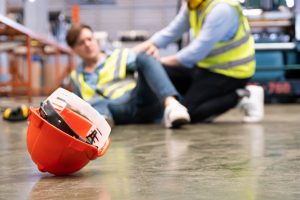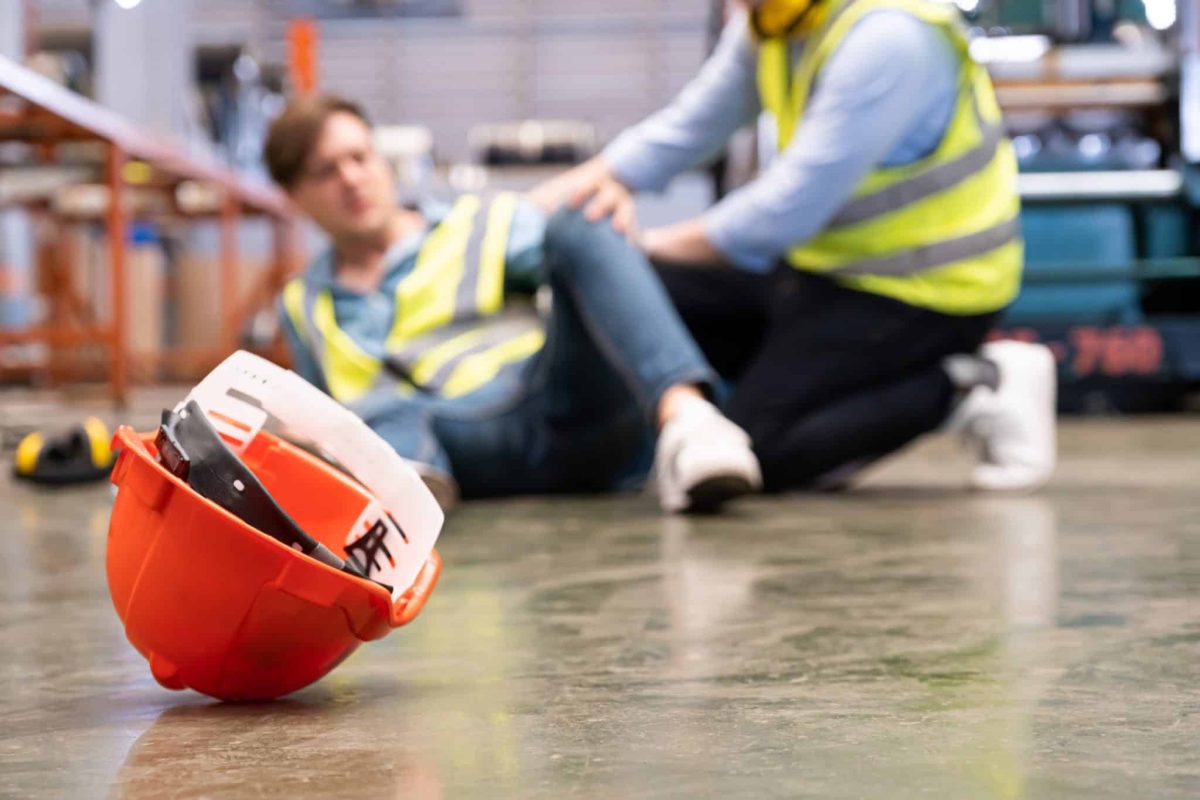
Based on statistics, industry experts estimate that five percent of warehouse workers will suffer a workplace injury each year. Use our electric Trailer Dolly and other proactive methods to cut down on these three common warehouse injuries.
1. Forklift
Not surprisingly, forklifts are involved in a significant number of workplace injuries. Based on data from the Occupational Safety and Health Administration (OSHA), each forklift in your facility has a 10 percent chance of being involved in an accident this year. In addition, nearly 80 percent of forklift accidents include pedestrians.
2. Overexertion
The physical nature of warehouse work puts a great deal of stress on a worker’s body. Nearly two-thirds of these injuries affect the back, but arms and legs are also vulnerable. In some cases, overexertion can lead to heart attacks. These types of injuries are especially costly to you and your workers because they can result in chronic pain that affects work performance and quality of life.
Poor body mechanics are a leading cause of stress injuries, so training in the correct methods can go a long way toward reducing the risk. Make sure that workers are both fully trained and physically capable of performing any tasks they are assigned.
3. Slips, trips and falls
Slips and trips occur when obstacles on the warehouse floor or outside grounds cause a worker to lose balance. Frequent risk factors include:
-
- Uneven walking surfaces
- Loose rugs or protective mats
- Exposed cords and cables
- Spilled water or other liquid materials
- Ice and snow in the truck yard
While falls can happen on ground level, they most often occur at elevated levels. Loading docks and ladders are common sites of falling accidents. One potentially dangerous practice involves workers using a forklift to raise themselves up to the higher shelves. This move is risky, even for experienced employees.
Improve Workplace Safety with the Trailer Dolly from DJ Products
Our Trailer Dolly and other material handling solutions are ergonomically designed to reduce the musculoskeletal stress caused by many warehouse task. Visit our website and use the handy online chat feature to learn more from our friendly Sales Engineers.








